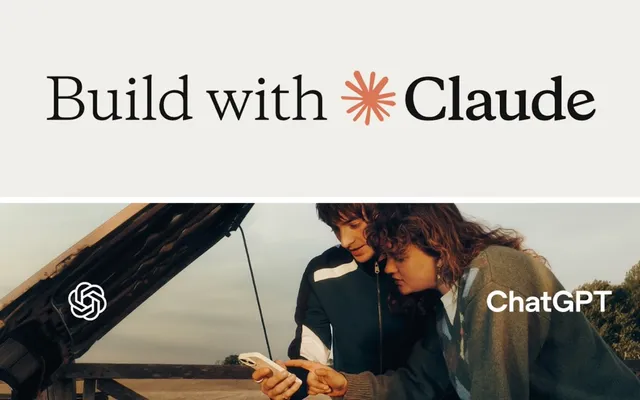Too Far to Walk. Too Close to Drive. I Think I Need a Golf Cart.
A product built for golf courses found a new home in suburbia. Not a Blue Ocean. A Blue Lake. Here's why it works.

This post is for subscribers only
Sign up now
Already a member? Sign in


